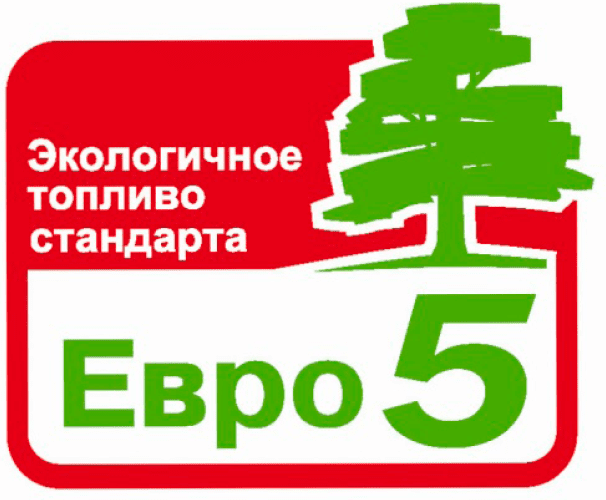Energy efficiency program
MTS’s technology strategy includes regional energy efficiency programs comprising the following activities:
- Replacement of fluorescent lamps with LEDs
- Using air conditioning systems with a free cooling function and equipment with an energy efficiency class no lower than C
- Activating software algorithms in MTS network to disconnect base station transceivers during low load periods
- Using base stations with passive cooling of transceivers and locating distribution boards as close as possible to consumers to reduce losses in wiring
- Using copper core cables
In 2019, the Company branches supplemented the above measures by installing motion sensors in office corridors and passageways and regularly switching ventilation and air conditioning systems off on non-working hours. MTS uses diesel generators made by leading European manufacturers (Wilson, SDMO, Geko and Inmesol) with extremely strict requirements for fuel consumption efficiency and CO2 equivalent emissions as backup power supply to base stations. The Company’s data centers are certified to Tier III standards.
Alternative energy
MTS uses a broad range of power systems running on renewable energy. The first power supply system using solar energy was deployed in Kitovoye Rebro Pass on the Sea of Japan shore in the Far East in 2015. Afterward, wind turbines and solar panels were installed to supply power to MTS’s base stations on the shores of the Barents Sea and Lake Onega in the North-West and Lago-Naki Plateau in the western part of the Caucasus. A wind turbine is also installed in a mountain pass near the Titovka River, an area with stable wind loads year-round.

A base station with power supply from solar panels only was commissioned in the Far East in 2019. The station is located in a popular recreational area in Spokoinaya Cove.
A solar and wind power plant is currently being tested in Ryazan. The plant comprises a vertical twin-bladed wind turbine with airflow concentrators around the perimeter which additionally support solar panels. This design allows using both wind and solar energy.
